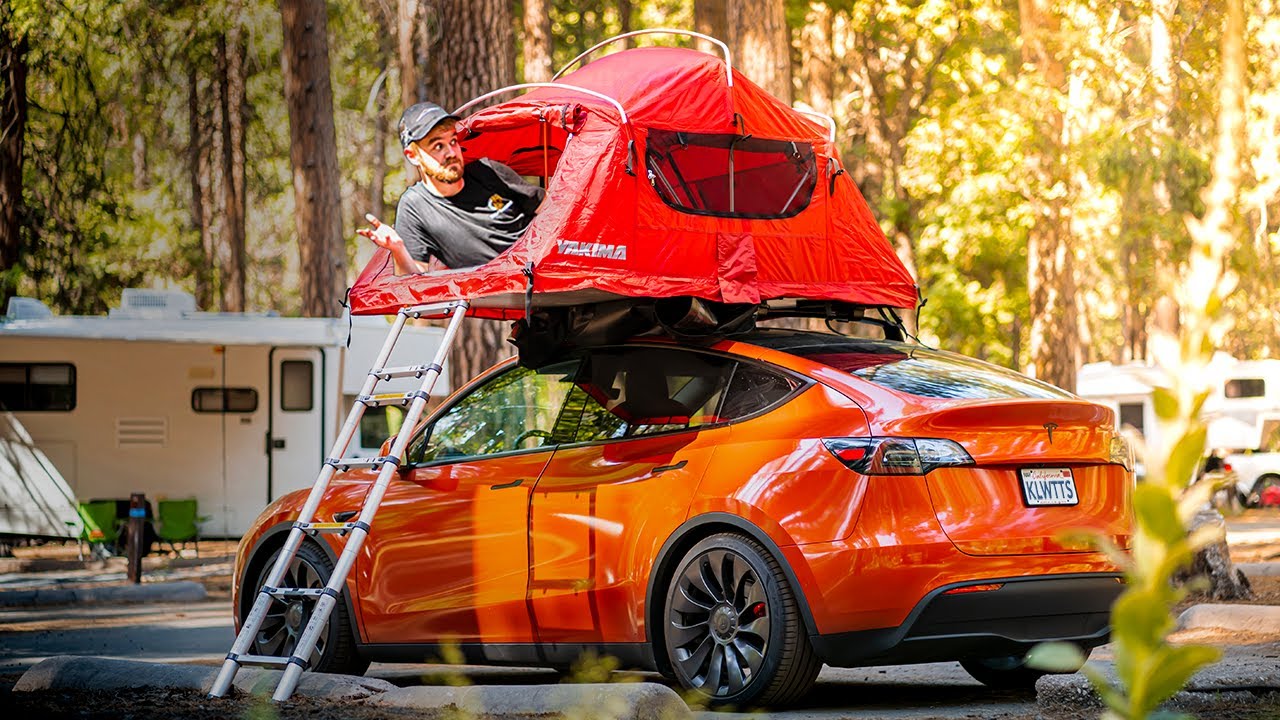Featured Image Source: SpaceX
After a series of delays, six-weeks later, SpaceX teams are ready to deploy the tenth batch of Starlink satellites this weekend. This mission has been delayed around eight times, moved from June 23 to 25, and 26, Scrubbed on July 8 due to unfavorable weather conditions, then postponed on July 11 due to technical issues, and delayed from July 29 and 31. Perhaps, this is the launch that has faced the most delays in the company’s launch manifest. Now, the mission is scheduled to take place on Friday, August 7. A previously-flown Falcon 9 rocket will lift off from NASA’s Kennedy Space Center Launch Pad 39A in Florida at around 1:12 a.m. Eastern Time [EDT] carrying a batch of 57 Starlink satellites and a pair of hitchhiking BlackSky satellites. “A backup opportunity is available on Saturday, August 8 at 12:50 a.m. EDT,” SpaceX announced. The U.S. Space Force 45th Weather Squadron predicts a 70% chance of favorable weather conditions in the Florida’s coast. “The primary weather concern for launch day will be mid- and upper-level clouds streaming across the region from the south along with cumulus clouds over the nearshore waters," the Space Force meteorologists stated on Wednesday.
BlackSky, are small Earth-observation satellites for BlackSky Global, a Seattle-based company, which will launch under SpaceX’s SmallSat Rideshare Program contract during this mission. The program allows companies with small payloads to ride alongside larger payloads for a cheaper price tag.
The four-times-flown Falcon 9 is waiting on Launch Pad 39A – the rocket first-stage booster previously propelled Crew Dragon’s first demonstration mission to the International Space Station, then launched a constellation of RADARSAT satellites, as well as the fourth and seventh Starlink missions. The booster will attempt a fifth landing on the company’s ‘Of Course I Still Love You’ drone ship that is stationed in the Atlantic Ocean. Rocket reusability is what enables SpaceX to offer cheaper flights to its customers.
Falcon 9’s first stage booster supporting this mission previously launched two Starlink missions, Crew Demo-1, and the RADARSAT Constellation Mission pic.twitter.com/eCsqnBYD04
— SpaceX (@SpaceX) August 6, 2020
There are currently about 540 internet-beaming Starlink satellites in Low Earth Orbit; Friday's mission will be special because the entire fleet of 57 satellites feature ‘VisorSat’, a deployable visor that will act as a sunshade to reduce the satellite’s reflectivity. Starlink satellites look like a fleet of white lights flying in a train-like formation soon after deployment. The astronomer community voiced their concerns over Starlink possibly interfering with their cosmic observations. “All Starlink satellites on this flight are equipped with a deployable visor to block sunlight from hitting the brightest spots of the spacecraft – a measure SpaceX has taken as part of our work with leading astronomical groups to mitigate satellite reflectivity,” the company wrote in a press release.
The company previously deployed an experimental ‘DarkSat,’ which is a satellite featuring a dark anti-reflective coating that covered the most reflective parts of the satellite. DarkSat decreased the satellite’s visibility but a dark coating can cause thermal changes that can affect the satellite’s internet-beaming performance. Therefore, SpaceX engineers developed VisorSat and deployed an experimental version on a previous mission. VisorSat sunshades are made up of a radio-transparent foam material used to minimize the potential for reflection on the satellites' chassis where the antennas are located. “The key to making Starlink darker is to prevent sunlight from illuminating these white surfaces and scattering via reflection toward observers on the ground,” SpaceX explained, “Satellites are visible from the ground at sunrise or sunset. This happens because the satellites are illuminated by the Sun but people or telescopes on the ground are in the dark. These conditions only happen for a fraction of Starlink's 90-minute orbit.”
The tenth cluster of 57 Starlink satellites will be deployed in a circular orbit. After deployment, the satellites use their onboard Krypton-powered ion thrusters to raise into a higher orbit. These batch of satellites are expected to operate at an altitude of approximately 550-kilometers above Earth. – “The BlackSky Global spacecraft will deploy sequentially beginning 1 hour and 1 minute after liftoff, and the Starlink satellites will deploy approximately 1 hour and 33 minutes after liftoff. Starlink satellites will be deployed in a circular orbit, as was done on the first through fourth Starlink missions,” the company shared.
You can watch the launch live in the video below.
WATCH IT LIVE!







